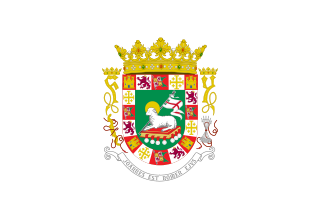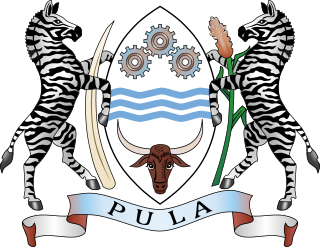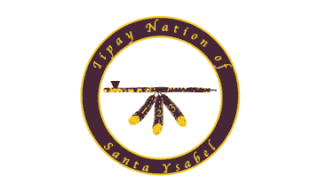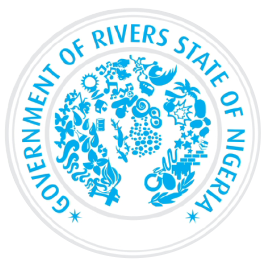This article needs additional citations for verification .(February 2022) |
The Crow Tribal General Council, the governing body of the Crow Tribe, through the adoption of the 2001 Crow Tribal Constitution, established a three-branch government with a separation of powers. There is an Executive Branch, Legislative Branch, and Judicial Branch.
The Executive Branch is composed of four independently elected officials (Chairman, Vice-Chairman, Secretary, and Vice-Secretary) and all agencies and departments. The four elected officials serve concurrent four year terms (term limit of two).
The Legislative Branch is composed of 18 legislators (called "senators" as a matter of courtesy), with three elected in staggered terms from each of the six districts of the Crow Indian Reservation. The Crow senators serve four year terms with no term limits.
The Judicial Branch is composed of courts established in the Crow Law and Order Code. Currently, there is a Crow Tribal Court (general jurisdiction), Crow Juvenile Court, and a Crow Court of Appeals. A Traditional Supreme Court has been established by law but is not yet implemented. The judges of the Crow Tribal Court are elected to unlimited, four-year terms.
| Term of Office | Chairperson | Vice Chairperson | Secretary | Vice-Secretary |
|---|---|---|---|---|
| 1920–1921 | Ralph Saco | |||
| 1921–1927 | James Carpenter | |||
| 1927–1934 | William Bends | |||
| 1934–1938 | Hartford Bear Class | |||
| 1938–1941 | Charles Yarlott | |||
| 1941–1946 | Henry Pretty on Top | |||
| 1946–1954 | Robert Yellowtail | |||
| 1954–1956 | William Wall | |||
| 1956–1958 | Posie Whiteman | |||
| 1958–1960 | Posie Whiteman | |||
| 1960–1962 | John Cummings | |||
| 1962–1964 | John Cummings | |||
| 1964–1966 | John Wilson | Douglas Adams | Donald Deernose | Daniel Old Elk |
| 1966–1968 | Edison Real Bird | Edward Little Light | Joseph Ten Bear | Pauline Small |
| 1968–1970 | Edison Real Bird | Edward Little Light | Joseph Ten Bear | Pauline Small |
| 1970–1972 | Edison Real Bird | Edward Little Light | Joseph Ten Bear | Pauline Small |
| 1972–1974 | David Stewart | |||
| 1974–1976 | Patrick Stands Over Bull | |||
| 1976–1977 | Patrick Stands Over Bull | |||
| 1977–1978 | Forest Horn | |||
| 1978–1980 | Forest Horn | |||
| 1980–1982 | Forest Horn | |||
| 1982–1984 | Donald Stewart | |||
| 1984–1986 | Donald Stewart | |||
| 1986–1988 | Richard Real Bird | |||
| 1988–1990 | Richard Real Bird | Clara Nomee | ||
| 1990–1992 | Clara Nomee | Joseph Pickett | Blaine Small | |
| 1992–1994 | Clara Nomee | Joseph Pickett | Blaine Small | |
| 1994–1996 | Clara Nomee | Joseph Pickett | Dennis Big Hair | |
| 1996–1998 | Clara Nomee | Joseph Pickett | Dennis Big Hair | |
| 1998–2000 | Clara Nomee | Joseph Pickett | Dennis Big Hair | Cornelius Little Light |
| 2000–2001 | Clifford Birdinground [lower-alpha 1] | Vincent Goes Ahead | Tilton Old Bull [lower-alpha 2] | Larney Little Owl |
| 2001–2002 | Clifford Birdinground [lower-alpha 3] | Vincent Goes Ahead | Larney Little Owl [lower-alpha 4] | Hubert Two Leggins [lower-alpha 5] |
| 2002 | Vincent Goes Ahead [lower-alpha 6] | Vincent Goes Ahead | Larney Little Owl | Hubert Two Leggins |
| 2002–2004 | Carl Venne [lower-alpha 7] | Vincent Goes Ahead | Larney Little Owl | Hubert Two Leggins |
| 2004–2007 | Carl Venne | Cedric Black Eagle | Andrew Old Elk [lower-alpha 8] | Darrin Old Coyote |
| 2007 | Carl Venne | Cedric Black Eagle | Office Vacant | Darrin Old Coyote [lower-alpha 9] |
| 2007–2009 | Carl Venne [lower-alpha 10] | Cedric Black Eagle | Scott Russell [lower-alpha 11] | Darrin Old Coyote |
| 2009 | Cedric Black Eagle [lower-alpha 12] | Office Vacant | Scott Russell | Darrin Old Coyote |
| 2009–2012 | Cedric Black Eagle | Calvin Jefferson | Scott Russell | Darrin Old Coyote |
| 2012–2016 | Darrin Old Coyote | Dana Wilson | Alvin Not Afraid Jr. | Shawn Backbone |
| 2016–2020 | Alvin Not Afraid Jr. | Carlson Goes Ahead | Rudolph Old Crow Sr. | Shawn Backbone |
| 2020– [1] | Frank White Clay | Lawrence DeCrane | Levi Black Eagle | Channis D. Whiteman |
- ↑ New constitution extends term of office to 2004.
- ↑ Secretary's Impeachment
- ↑ Chairperson's Resignation
- ↑ Vice-Secretary becomes Secretary
- ↑ Completed remaining term of office
- ↑ Acting Chairperson; Carl Venne elected.
- ↑ Filled remaining term of office.
- ↑ Died in 2007.
- ↑ Acting Secretary
- ↑ Died in 2009.
- ↑ Filled remaining term of office
- ↑ Filled remaining term of office; Elected in 2009
















